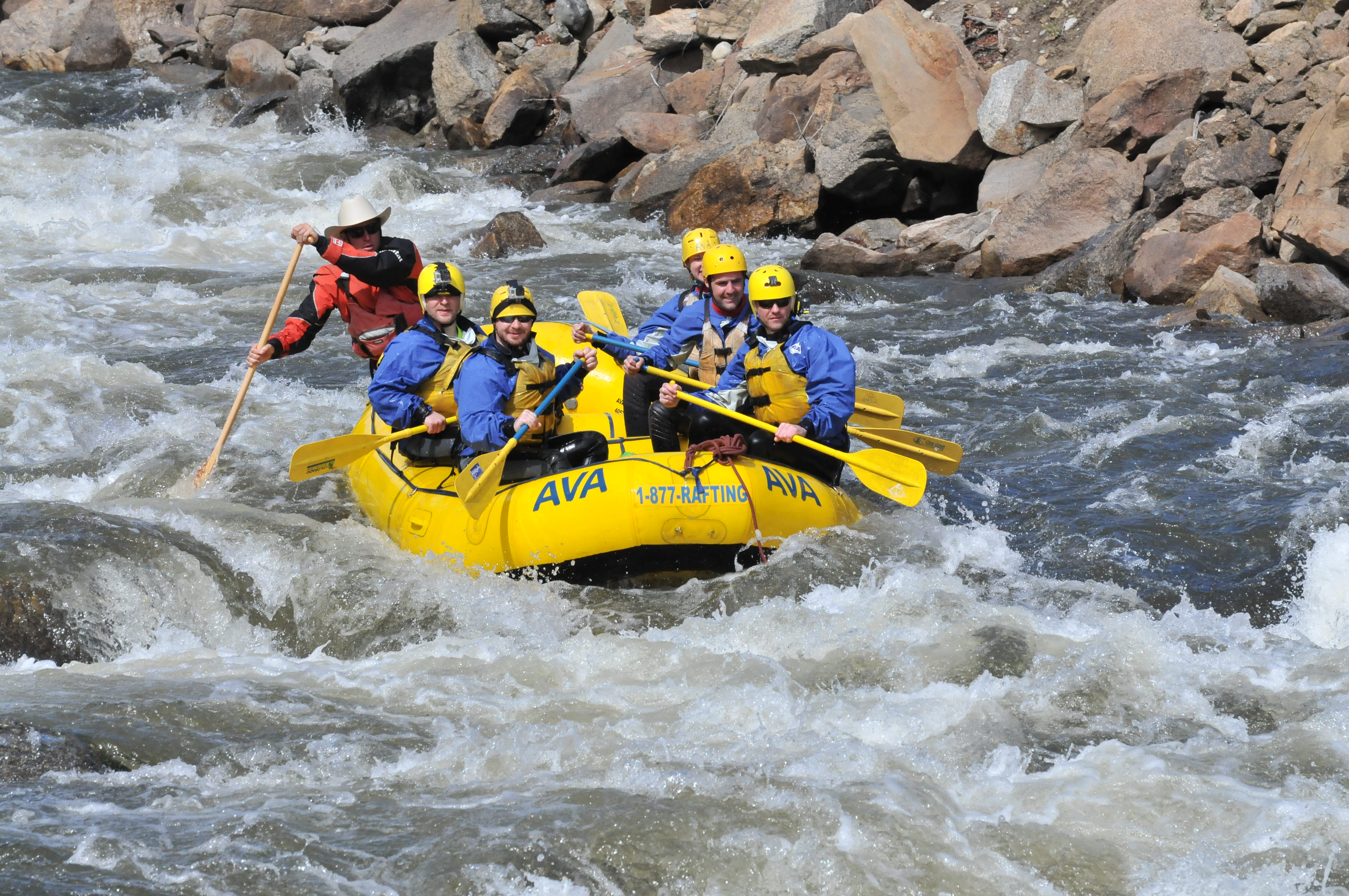class iii rapids definition
When this difficulty is at the lower end of the class it is denoted III- and when at the upper end it is III. Complex manoeuvres and good boat control are required.

Class Iii Rapids Fun Class Vi Rapids Death The Active Times
Class III rapids have moderate irregular waves which may be difficult to avoid and can swamp an open canoe.

. Class III rapids feature waves up to 4 or 5 feet tall that will crash over the bow. Class I railroads are regulated by the Surface Transportation Board STB. If rapids are unknown visual inspection is required.
No previous experience is necessary. Best for young children and tentative adults. Complex maneuvers in fast currents and good boat control in tight passages or around ledges are often required.
Currents hydraulics will feel stronger possibly channeling between brief narrow passages such as boulders or a cliff wall. Depending on the character of the river it may feature large unavoidable waves and holes or constricted passages demanding fast maneuvers under pressure. Rivers with Class I flat water interspersed with occasional Class II rapids.
May require significant maneuvering. Class III wet and fun rapids will get you soaked head to foot. The characteristics are medium but irregular waves with obstructions like small falls or drops counter currents and eddies.
Large waves or strainers may be present but can be easily avoided. Medium waves no obstacles. Rapids with moderate irregular waves.
Class I - 447621226 or more. According to the STB and American Short Line Regional Railroad Association ASLRRA the 2016 definition of a short line is any earning an. Class II splashes will get your legs wet just over the side of the boat.
Rapids with moderate irregular waves which may. Moderate Waves numerous high irregular. Complex manoeuvres and good boat control are required.
The international scale of river difficulty is an American system used to rate the difficulty of navigating a stretch of river or a single sometimes whitewater rapid. Waves usually 2-3 feet high passageways contain some obstacles. Long and powerful rapids.
Large waves or. Small waves no obstacles. Complex maneuvers in fast current and good boat control in tight passages or around ledges are often required.
Waves 1-2 feet high. Rapids may require must moves above. Slight limitation of ordinary activities eg after walking 2 blocks climbing one flight of steps under normal circumstances after meals in the cold wind in the morning or when under emotional stress.
The scale was created by the American Whitewater Association to evaluate rivers throughout. Rocks and eddies with passages clear but narrow and requiring experience to run. Class V violent rapids will really get your adrenaline pumping and often have to be portaged.
Rapids with moderate irregular waves strong eddies and currents. Rapids with passages clear though narrow requiring experience in maneuvering. Strong eddies and powerful current effects can be found particularly on large-volume rivers.
Intense powerful but predictable rapids requiring precise boat handling in turbulent water. Using a self-guided watercraft is an option. Many strong waves many dangerous obstacles whirlpools.
Class 3 rapids are the first category of rapid that you run the chance of hitting or running aground on a rapid. Rivers with Class I II water interspersed with Class III rapids. The class of a rapid determines how difficult it is to navigate using a kayak raft or other vessel.
International scale of river difficulty. Class III Whitewater. The chance is extremely low but it does exist.
Rapids classed III are considered intermediate level difficulty. Whitewater medium waves maybe a 35 ft drop but not much considerable danger. Rapids that are at the upper end of this difficulty range are designated Class II.
Marked limitation of ordinary activities eg walking 1-2 blocks or climbing stairs under normal circumstances. Many waves of different strengths many obstacles narrow passages. Numerous irregular high waves.
Large waves or strainers may be present but are easily avoided. The class to which a carrier belongs is determined in accordance with the following revenue thresholds. Complex maneuvers in fast current and good boat control in tight passages or around ledges are often required.
Rapids with moderate irregular waves which may be difficult to avoid and which can swamp an open canoe. Class III - 35809698 or less. Class IV big drops will jump-start your heart as you paddle through the intense whitewater.
Complex maneuvers in fast current and good boat control in tight passages or around ledges are often required. Be difficult to avoid and which can swamp an open canoe. Class II - Less than 447621226 but in excess of 35809698.
What this means is that you rate a rapid based on the statistical probability that you will hit an obstacle while trying to navigate the rapid. Short lines whose designation by the Surface Transportation Board STB is a Class III carrier which includes terminal and switching lines make up the bulk of todays freight railroads. Class III rapid at Canolfan Tryweryn Wales.

Whitewater Classifications Explained Row Adventures

The Different Classes Of Rapids Explained

First Class Floating Whitewater Rapids Classes 101 Imperial River Company
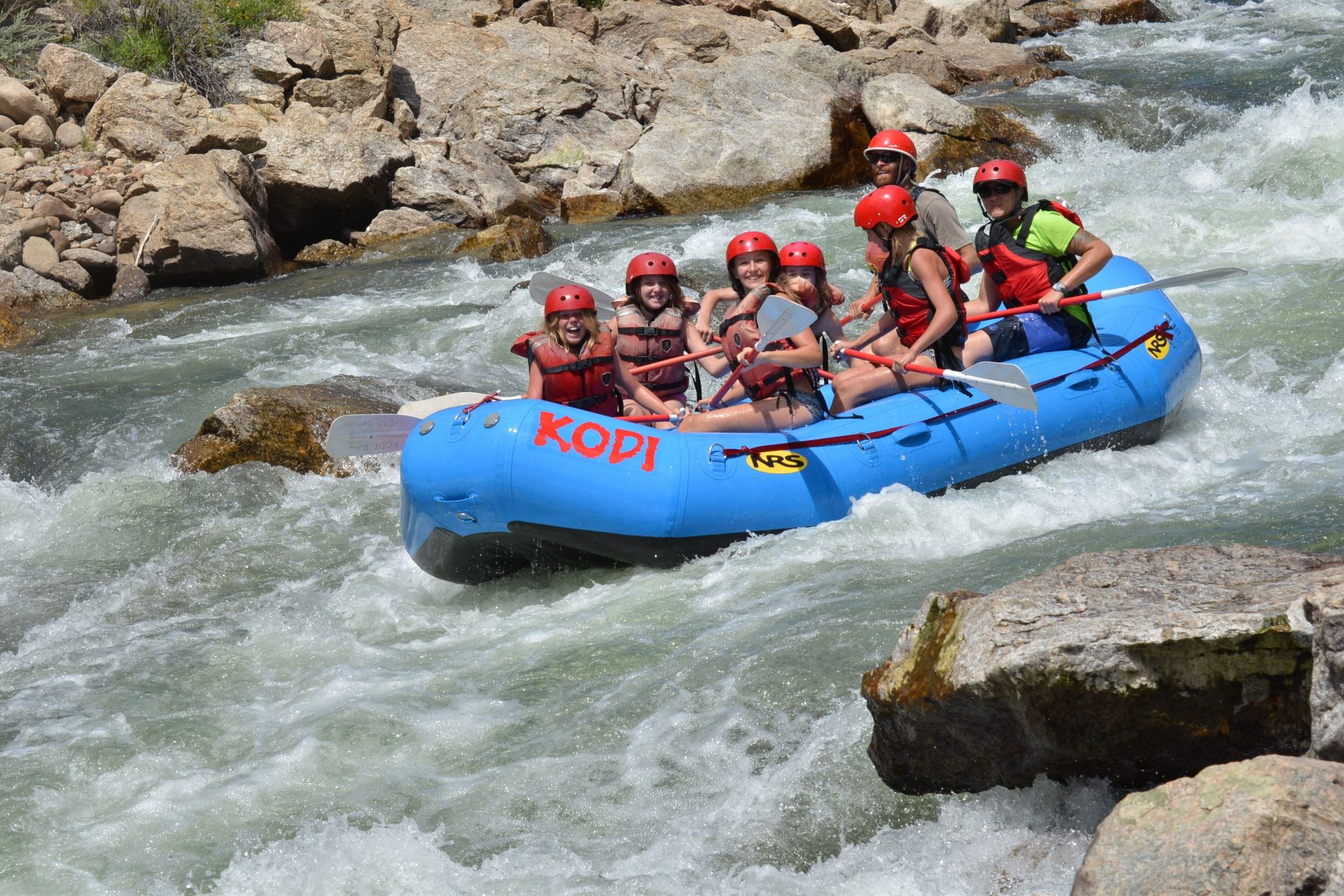
White Water Rafting For Kids Class Ii Iii Kodi Rafting
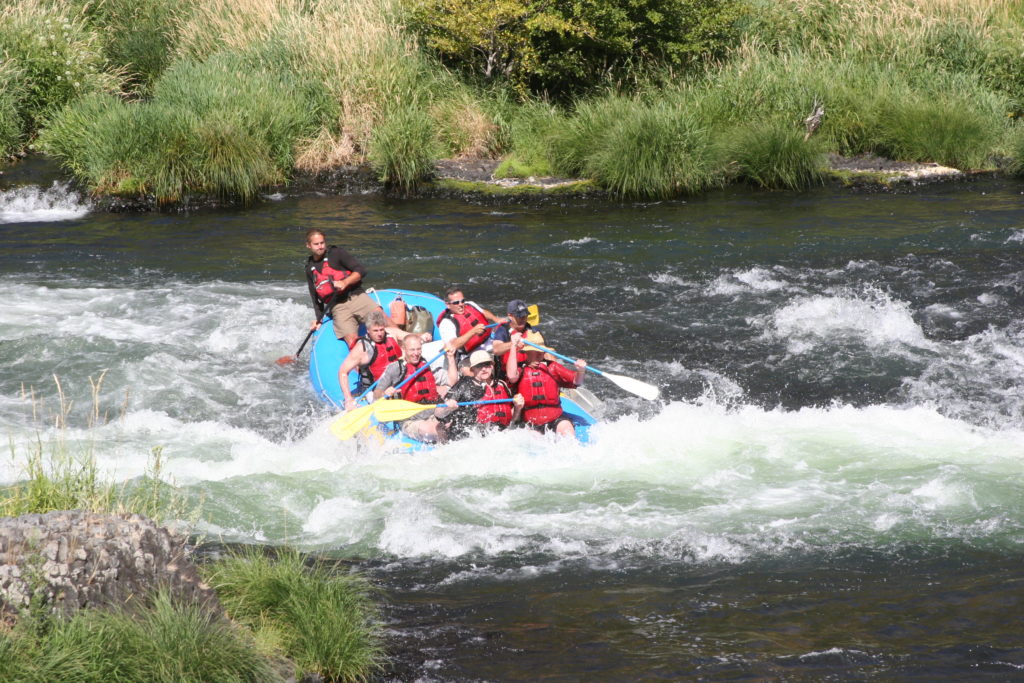
First Class Floating Whitewater Rapids Classes 101 Imperial River Company
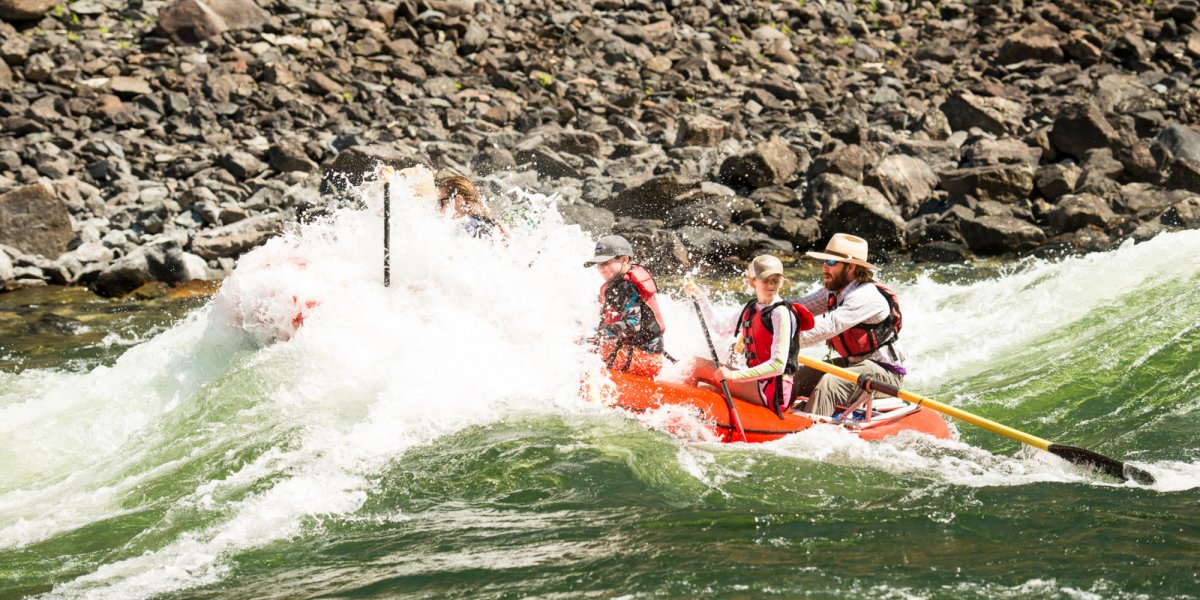
Whitewater Classifications Explained Row Adventures
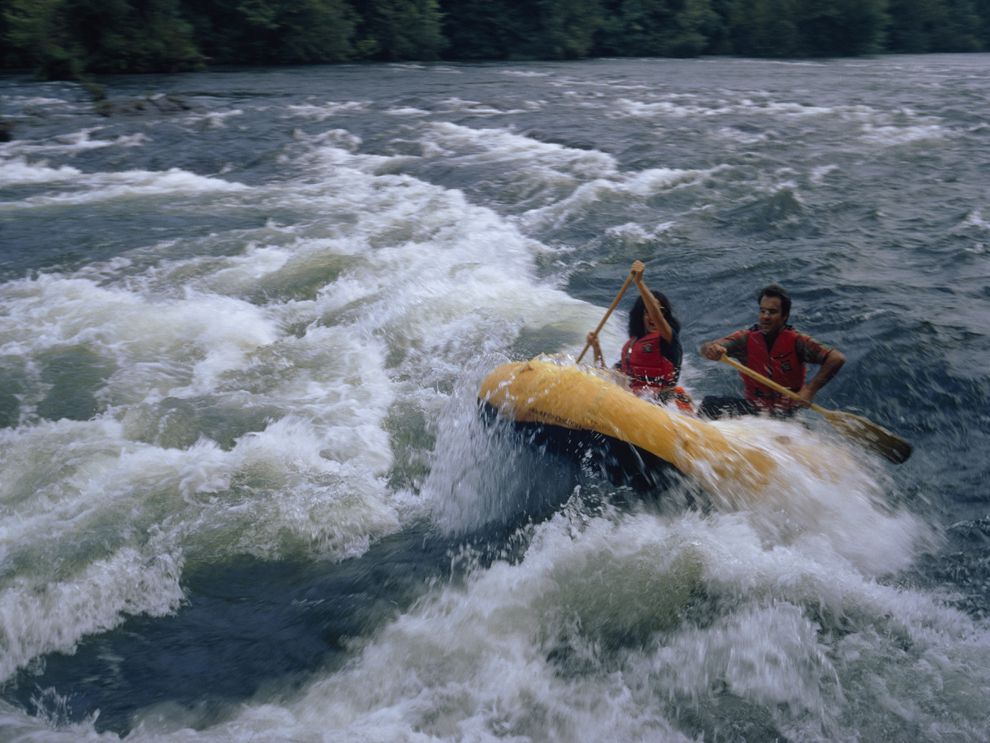
Rapids National Geographic Society
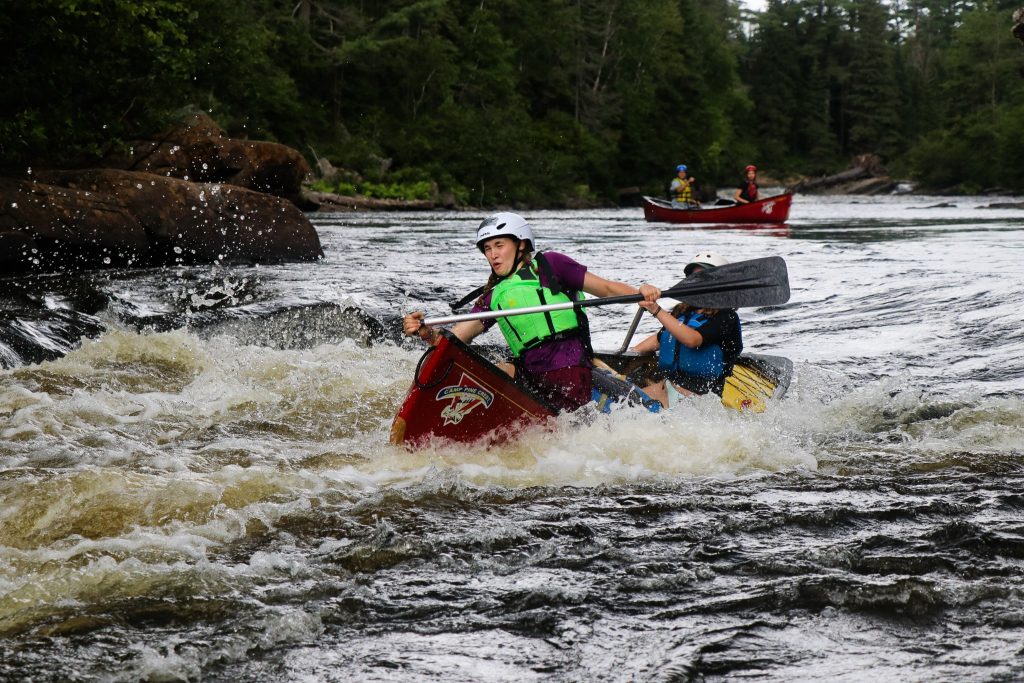
Guide To Rapid Classification With Pictures Video Voyageur Tripper

The Different Classes Of Rapids Explained

Guide To The Classification Of River Rapids Kayaks Rafting And Canoes

Whitewater Rafting Classes Of Rapids Boring To Scary Paddle Camp

How River Rapids Are Classified

The Most Dangerous Rapids In The World Slideshow The Active Times

Whitewater Rafting Rapid Classes Demystified Youtube

Whitewater Classifications Explained Row Adventures

Whitewater Rafting Classes Of Rapids Boring To Scary Paddle Camp
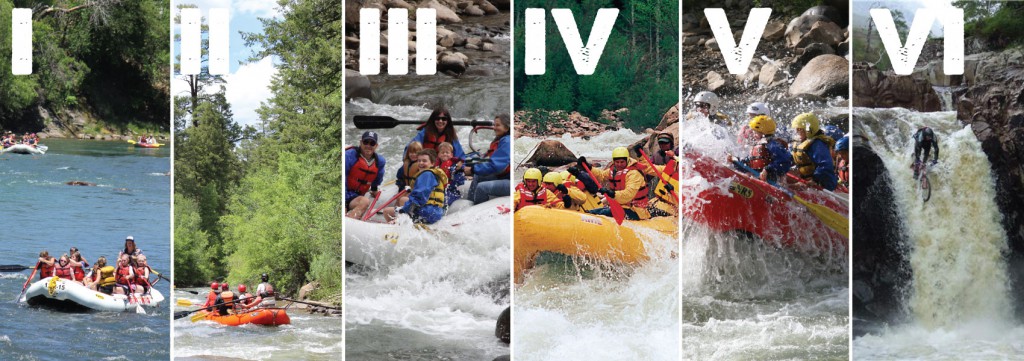
Rafting Trip Choosing The Right Rapids For You Mild2wildrafting
